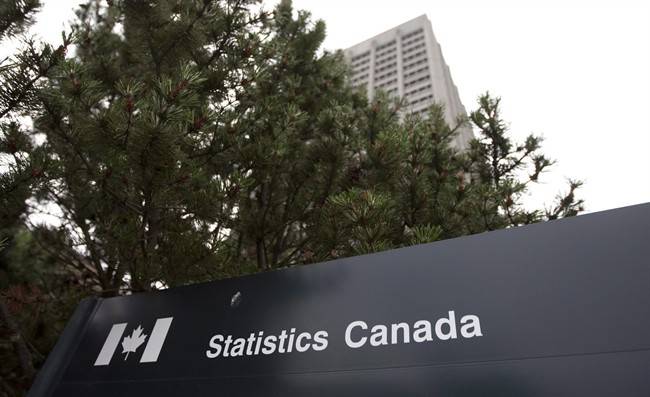The London-St. Thomas jobless rate continues to hover at a 13-year-low, but the news isn’t good.

Stats Canada says the unemployment inched up to 5.5 per cent last month, up from 5.4 per cent in August.
Just like in August, the reason for the low jobless rate is a drop in the labour force.
3,000 people left the labour force last month as the same number of jobs were lost. Only 58.9 per cent of adults in London are either working or looking for work.
London has the worst labour participation rate in the country and lags behind other cities in the province, including many in the London region.
Kitchener-Waterloo-Cambridge (70.9%), Guelph (73.1%), Windsor (61%) and Brantford (65.3%) all pace ahead of the Forest City.
London is also well behind the provincial participation rate of 64.7 per cent and the national rate of 65.7 per cent.
Nationally, a surge in full-time work fuelled a 10th-straight month of net job gains to match the economy’s longest monthly streak since the financial crisis nine years ago.
- Gas prices surge in some parts of Canada. What’s causing pain at the pumps?
- Ontario premier calls cost of gas ‘absolutely disgusting,’ raises price-gouging concerns
- Buzz kill? Gen Z less interested in coffee than older Canadians, survey shows
- More youth are seeking EI amid rising unemployment rates: StatCan
Statistics Canada says September’s unemployment rate stayed at a nine-year low of 6.2 per cent after the country added 10,000 net new jobs, including 112,000 full-time positions.
The rise in full-time work more than offset a drop of 102,000 part-time jobs, however, last month’s job gains were entirely driven by growth in public-sector employment.
The September increase was also concentrated in factory work as the goods-producing sector added 10,500 jobs, compared to a loss of 500 positions in the services industry.
Overall, the numbers show that year-over-year employment expanded 1.8 per cent with the addition of 319,700 net new jobs, of which more than 90 per cent were full-time positions.
The September survey also found that, compared to the year before, average hourly wages grew 2.2 per cent for the biggest increase since April 2016.
With files from the Canadian Press







Comments